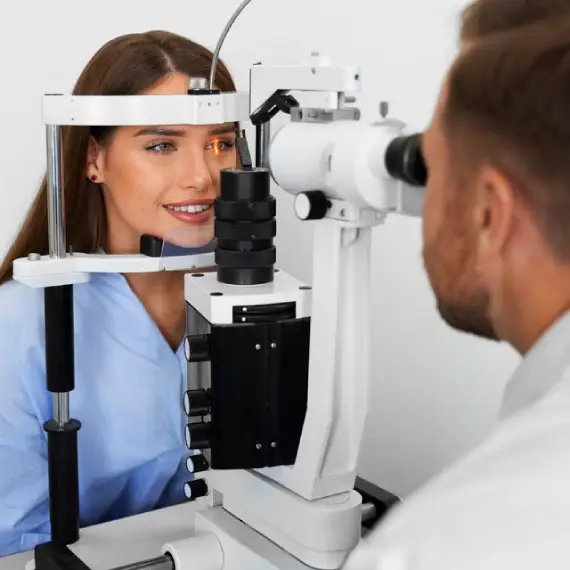All-Inclusive Packages for Eye Care in Iran
from 800$
- Treatment Visa Approval
- Airport Pick-Up & Drop-Off
- Intra-City Transportation
- Medical Interpreter
- Doctor Visits & Surgery
- Medical Tests
- Medical Photographies
- Common Medicines
Top Medical Tourism Services
Experience peace of mind with our all-inclusive health tourism package. At MedpalTravel, we manage every aspect of your medical journey, ensuring top-tier care, expert surgeons, and personalized attention throughout your stay.
We provide comprehensive assistance for those wishing to travel for medical purposes, ensuring a seamless and stress-free experience. From planning your trip to coordinating with leading surgeons, we handle every detail. Our services include arranging consultations, scheduling surgeries, and offering post-operative care, all at competitive prices.
We are committed to helping you achieve your desired appearance while making the process as smooth and affordable as possible.
Find out how we can help you achieve seamless service.
Top Ophthalmologists and Eye Surgeons
These professionals are known for their expertise in various eye care specialties, from routine check-ups to complex surgical procedures.
Ophthalmologists have been educated and trained at prestigious institutions, both locally and internationally, ensuring they are up-to-date with the latest advancements in eye care. Patients from around the globe seek their expertise, particularly for procedures like cataract surgery, LASIK, and keratopigmentation.
The combination of advanced technology, rigorous training, and a commitment to patient care makes eye surgeons among the best in their field. Whether you’re considering routine eye care or a specialized procedure, you can trust that you’re in capable hands with top ophthalmologists and eye surgeons.
Dr. Mostafa Soltan Sanjary
- Strabismus Subspecialist
- Ophthalmology Specialist
- Thousands of Successful Surgeries
- Active Surgeon from 2000
Dr. Bahram Bohrani
- Retina Subspecialist
- Ophthalmology Specialist
- Thousands of Successful Surgeries
- Active Surgeon from 2015
Dr. Hesam Hashemian
- Cornea Subspecialist
- Ophthalmology Specialist
- Thousands of Successful Surgeries
- Active Surgeon from 2010
Dr. Mahmood Jabbarvand
- Cornea Subspecialist
- Ophthalmology Specialist
- Thousands of Successful Surgeries
- Active Surgeon from 1995
Dr. Afshin Doost Mohammadi
- Cornea Subspecialist
- Ophthalmology Specialist
- Thousands of Successful Surgeries
- Active Surgeon from 2005
Dr. Farzad Pakdel
- Oculoplasty Subspecialist
- Ophthalmology Specialist
- Thousands of Successful Surgeries
- Active Surgeon from 2005
Vision Correction Procedures (Refractive Surgery)
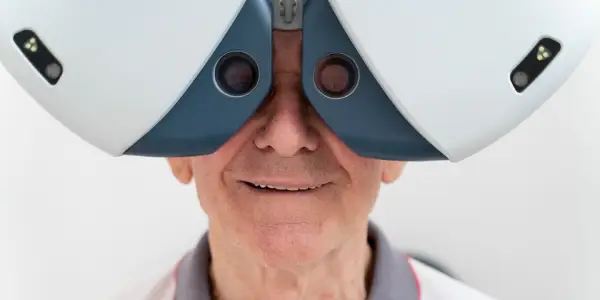
With cutting-edge technology and highly trained ophthalmologists, patients can access world-class treatments for various eye conditions. Below are some popular vision correction procedures.
1. Femto LASIK (Femto LASIK)
Femto LASIK is a minimally invasive laser eye surgery used to correct nearsightedness, farsightedness, and astigmatism. Using a femtosecond laser, surgeons create a precise corneal flap, improving vision with minimal recovery time.
2. PRK LASEK (PRK LASEK)
For patients with thin corneas, PRK LASEK is a preferred option. Instead of creating a flap, the outer layer of the cornea is removed, and a laser reshapes the underlying tissue. Recovery may take longer than LASIK, but the results are equally effective.
3. Lens Implant (Lens Implantation)
Lens implants involve the insertion of artificial lenses into the eye, often used when laser surgery isn’t suitable. This procedure is ideal for individuals with severe vision problems or those ineligible for LASIK or PRK.
4. Contact Lenses (Contact Lenses)
Though not a surgical procedure, contact lenses are a popular non-invasive option for correcting vision. Many patients choose custom contact lenses tailored to their specific eye conditions.
5. Trans PRK (Trans PRK)
Trans PRK is an advanced version of PRK, where the laser removes the outer layer of the cornea and reshapes the tissue in one step. This procedure minimizes recovery time and discomfort.
6. Intraocular Lenses (Intraocular Lenses)
For patients with cataracts or presbyopia, intraocular lenses are a common treatment. These artificial lenses are implanted inside the eye to replace the natural lens, offering clear, long-term vision.
Cataract Treatments
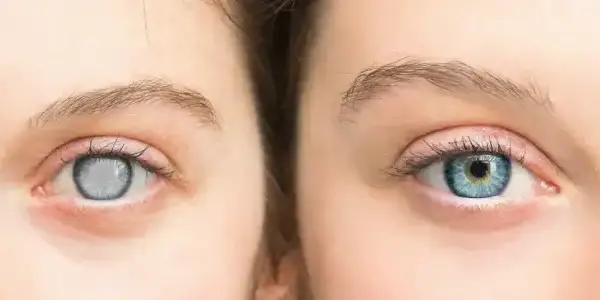
With a focus on patient care and state-of-the-art technology, there are excellent options available for those seeking to restore clear vision and improve their quality of life. Below are the two main types of cataract treatments available.
1. Cataract Surgery (Cataract Surgery)
Cataract surgery is a standard procedure for treating cataracts, a condition where the eye’s natural lens becomes cloudy, leading to impaired vision. In this surgery, the cloudy lens is removed and replaced with an artificial intraocular lens (IOL). This procedure is highly effective in restoring vision and is performed by skilled ophthalmologists using the latest techniques.
2. Femtosecond Cataract Treatment (Femto Cataract Treatment)
The Femtosecond Cataract Treatment is a more advanced option that uses laser technology to enhance precision during the surgery. The femtosecond laser creates more accurate incisions and assists in lens removal, leading to a quicker recovery and improved outcomes. This cutting-edge technique is available in top eye care clinic.
Retina Surgeries
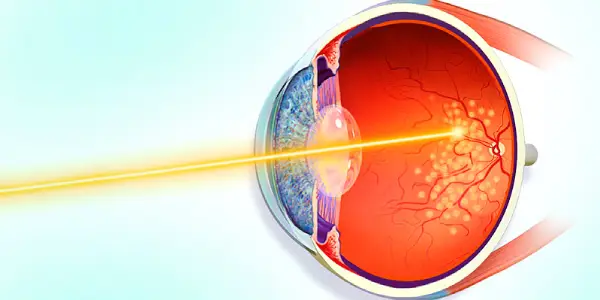
Advanced and affordable retina surgeries are available, supported by world-class medical facilities and highly skilled ophthalmologists. These procedures are vital for treating retinal conditions that can affect vision and lead to blindness if left untreated. Below are some of the most common retina surgeries performed.
1. Vitrectomy (Vitrectomy)
Vitrectomy is a surgical procedure used to remove the vitreous gel from the eye, which can be necessary for patients suffering from retinal detachment, macular holes, or diabetic retinopathy. By removing the vitreous, surgeons can access the retina and perform repairs or treat bleeding inside the eye. Vitrectomy is a complex surgery performed by highly trained specialists, and it is essential for preserving and restoring vision.
2. PRP Laser (PRP Laser)
PRP (Pan-Retinal Photocoagulation) Laser is a laser treatment used to stop abnormal blood vessel growth in the retina, typically seen in diabetic retinopathy patients. This procedure involves using a laser to create small burns on the retina, preventing further damage and reducing the risk of severe vision loss. PRP laser is a widely available treatment, performed with precision to help patients maintain their vision.
3. Retinal PDT Laser (PDT Retinal Laser)
PDT (Photodynamic Therapy) Retinal Laser is a specialized laser treatment used to treat conditions such as wet age-related macular degeneration (AMD). The procedure involves injecting a photosensitive drug into the bloodstream, which is then activated by a laser targeting the affected areas of the retina. This helps slow the progression of the disease and preserves vision.
Eyelid and Tear Duct Treatment (Oculoplastic & Lacrimal Surgery)
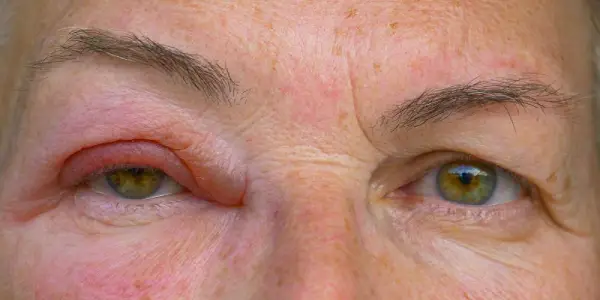
With highly skilled ophthalmologists and access to cutting-edge technology, patients receive world-class treatments for a wide range of conditions affecting the eyelids, tear ducts, and surrounding structures. Below are some of the most common procedures performed to address these issues.
1. Pediatric Tear Duct Surgery (Pediatric Tear Duct Surgery)
Children who suffer from blocked tear ducts often experience constant eye discharge and irritation. Pediatric tear duct surgery, also known as probing, is a procedure used to clear the blocked ducts and restore normal tear flow. This minimally invasive surgery is often performed under general anesthesia, and it has a high success rate. Expert pediatric ophthalmologists specialize in this delicate surgery, ensuring that children receive the best possible care.
2. Chalazion Surgery (Chalazion Surgery)
A chalazion is a small lump that can form on the eyelid due to a blocked oil gland. While many chalazia resolve on their own, some require surgical removal. Chalazion surgery involves making a small incision to drain the contents of the lump. The procedure is typically quick and performed under local anesthesia. Ophthalmologists are highly skilled in this surgery, ensuring a safe and effective outcome with minimal discomfort.
3. Endoscopic Tear Duct Surgery (Endoscopic Dacryocystorhinostomy)
For adults with chronic tear duct blockages, endoscopic tear duct surgery (DCR) is often recommended. This procedure involves creating a new tear duct pathway, allowing tears to drain properly. Using endoscopic technology, the surgery is performed with minimal incisions, reducing recovery time and improving success rates.
4. Eyelid Drooping (Ptosis)
Eyelid drooping, or ptosis, can affect both appearance and vision. In severe cases, ptosis may block the field of vision, requiring surgery to lift the eyelid. Ptosis surgery involves tightening the muscles that raise the eyelid, restoring a more natural appearance and improving vision. Experienced oculoplastic surgeons perform ptosis surgery with precision, helping patients regain both function and confidence.
5. Iris Surgery (Iris Surgery)
Iris surgery is often necessary for individuals with trauma or congenital conditions affecting the iris, the colored part of the eye. This surgery can help restore the appearance of the eye or correct issues that impact vision. With advanced techniques, ophthalmologists are able to perform these delicate surgeries safely and effectively, improving both cosmetic and functional outcomes for patients.
6. Dry Eye Syndrome (Dry Eye Syndrome)
Dry eye syndrome is a common condition caused by insufficient tear production or poor tear quality. Symptoms include redness, irritation, and a gritty sensation in the eyes. While mild cases can often be treated with artificial tears or medications, more severe cases may require surgical intervention to improve tear production or drainage. Ophthalmologists are skilled in diagnosing and treating dry eye syndrome, offering both non-invasive and surgical options to help alleviate symptoms and protect the eyes.
Cornea Procedures (Corneal Surgery)
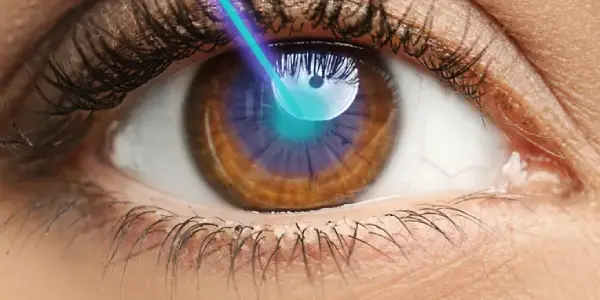
With highly trained ophthalmologists and state-of-the-art facilities, patients can expect excellent outcomes for various corneal disorders. Here are some of the top cornea procedures performed.
1. Corneal Opacity Treatment (Corneal Opacity Treatment)
Corneal opacity treatment addresses clouding of the cornea, which can result from injury, infection, or disease. Treatments may include medications or surgery, depending on the severity of the condition. Corneal specialists use cutting-edge methods to restore clarity and improve vision.
2. Keratoconus (Keratoconus)
Keratoconus is a progressive condition where the cornea thins and bulges into a cone shape, causing distorted vision. Advanced treatment options, such as corneal cross-linking and custom lenses, are available to stabilize the condition and restore visual acuity.
3. Corneal Transplant (Corneal Transplantation)
Corneal transplant is a procedure where a damaged cornea is replaced with healthy donor tissue. This surgery is often necessary for conditions like severe corneal scarring or keratoconus. Surgeons are highly skilled in performing both full-thickness and partial-thickness corneal transplants.
4. UVX Cross-Linking (UVX Cross-Linking)
UVX cross-linking is a minimally invasive procedure used to treat early-stage keratoconus. This technique strengthens the cornea by applying UV light and riboflavin drops, preventing further deterioration and improving vision stability.
5. Artificial Cornea (Artificial Cornea)
In cases where a corneal transplant is not possible, an artificial cornea (keratoprosthesis) may be implanted. This high-tech solution is used to restore vision for patients with severe corneal damage.
6. Corneal Ring (Intracorneal Ring)
Corneal rings (intracorneal rings) are small devices inserted into the cornea to flatten its shape, improving vision in keratoconus patients. This procedure is less invasive than a full transplant and offers an effective solution for mild to moderate cases.
Amblyopia and Eye Muscle Treatments
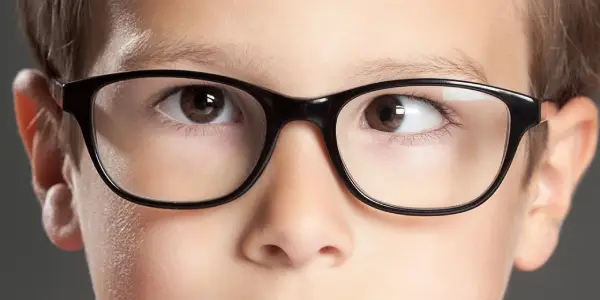
Advanced solutions for treating amblyopia (lazy eye), a condition that affects vision development in children and sometimes persists into adulthood, are available. With expert ophthalmologists and modern facilities, patients receive effective treatments to correct visual impairments caused by amblyopia.
1. Amblyopia Treatment (Amblyopia Treatment)
Amblyopia treatment focuses on strengthening the weaker eye, often through patching the stronger eye or using corrective lenses. Early detection and treatment are crucial for achieving the best outcomes. Eye care specialists provide personalized treatment plans to help improve vision and restore balance between the eyes.
2. Strabismus Treatment (Strabismus Treatment)
Strabismus treatment corrects eye misalignment, a condition often associated with amblyopia. Treatments range from prescription glasses to surgical procedures that adjust the eye muscles, allowing for proper alignment and improved binocular vision. Ophthalmologists specialize in treating strabismus in both children and adults, providing long-term results.
3. Nystagmus (Nystagmus)
Nystagmus is an involuntary eye movement that can affect vision. Treatment may include medications, specialized glasses, or surgery to reduce the movement and enhance visual stability. Eye care centers are equipped to manage nystagmus with advanced techniques to improve patients’ quality of life.
Glaucoma Treatments
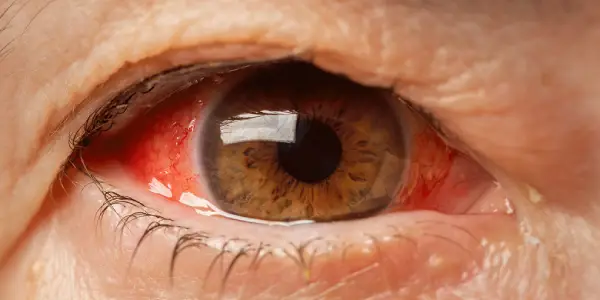
Glaucoma is a leading cause of vision loss worldwide, but early detection and treatment can prevent further damage. Advanced treatments for glaucoma are available at affordable rates, performed by expert ophthalmologists using the latest technology.
1. Pressure-Reducing Eye Laser (Laser Trabeculoplasty)
Laser trabeculoplasty is a non-invasive procedure that uses laser energy to improve drainage in the eye, reducing intraocular pressure. This treatment is ideal for managing open-angle glaucoma and is widely available in top eye care centers.
2. Pressure-Reducing Eye Surgery (Glaucoma Surgery)
When laser treatment isn’t sufficient, glaucoma surgery is performed to create a new drainage channel in the eye, helping to lower pressure and preserve vision. Surgeons are highly skilled in performing these surgeries with high success rates and minimal recovery time.
Cosmetic Eye Surgeries
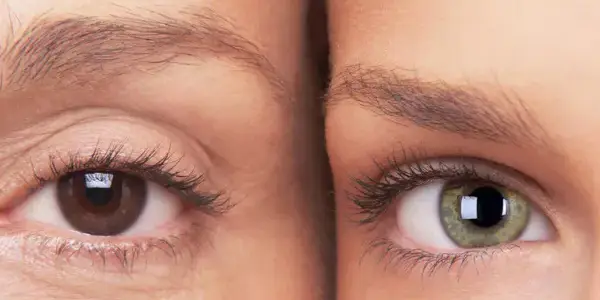
With skilled surgeons and modern medical facilities, patients can achieve their desired aesthetic results.
1. Blepharoplasty (Eyelid Surgery)
Blepharoplasty is a popular procedure that removes excess skin and fat from the eyelids, rejuvenating the appearance of the eyes and providing a more youthful look. Surgeons are highly experienced in performing this delicate surgery with natural-looking results.
2. Eye Color Change Surgery (Iris Implant)
Eye color change surgery is an innovative procedure that allows patients to permanently change the color of their eyes using an iris implant. This specialized surgery is gaining popularity, where expert surgeons offer safe and effective solutions for those looking to alter their eye color. For complete information check Eye Color Change page.
